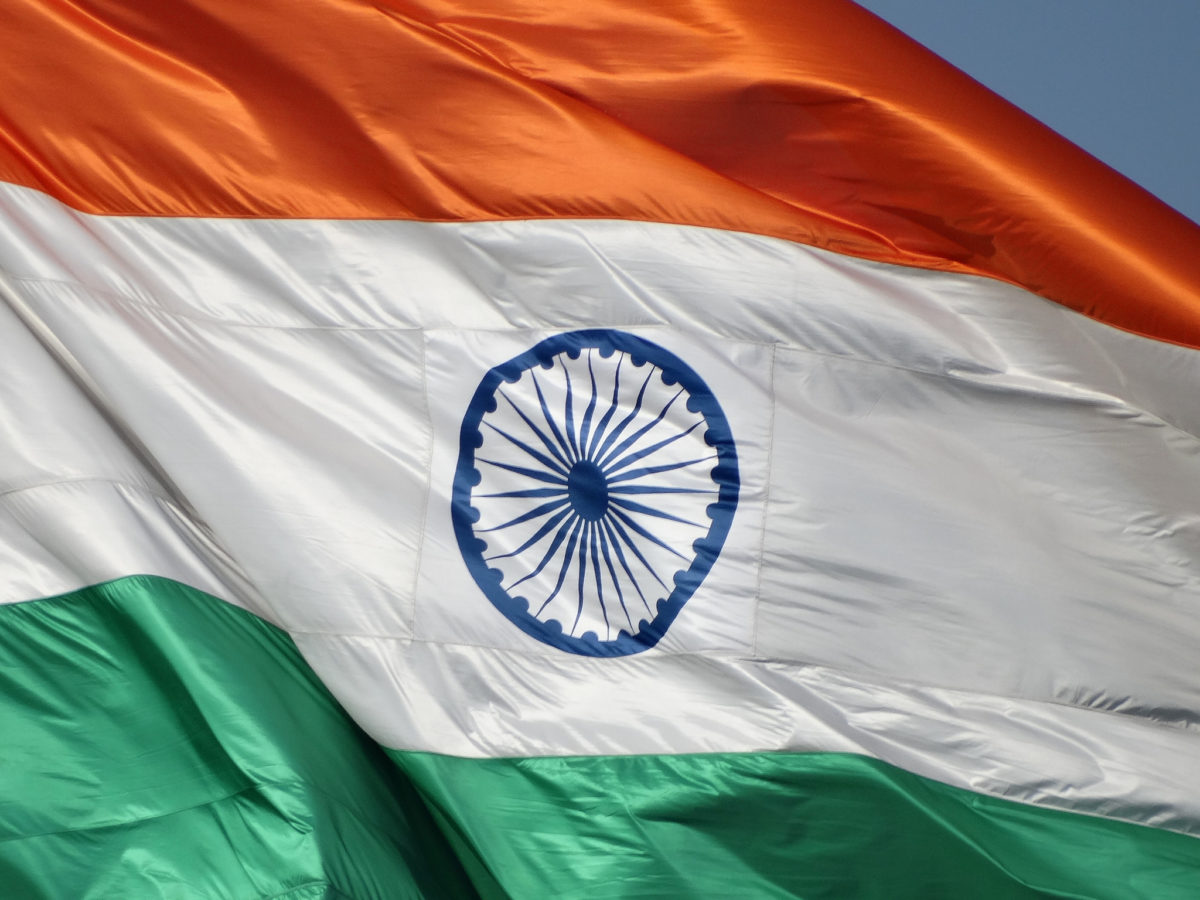A new report by the Council on Energy, Environment and Water (CEEW) and the International Institute for Sustainable Development (IISD) reveals direct tariff electricity subsidies from state governments have increased 32% since FY 2016, amounting to INR 110,391 crore (US$ 14.96 billion) in FY 2019.
The report, titled ‘Unpacking India’s Electricity Subsidies’, estimates that cross-subsidies—high tariffs for some consumers to cover below-cost tariffs for other consumers—were worth at least another INR 75,027 crore (US$ 10.2 billion) in FY 2019, bringing the national total to at least INR 185,418 crore (US$ 25.2 billion).
According to the CEEW–IISD study, 25 out of 31 states and union territories (UTs) have failed to meet the requirements of the Ujjwal DISCOM Assurance Yojana (UDAY) scheme to reduce aggregate technical and commercial losses (AT&C) to 15%. The poor collection is typically the biggest contributor to these losses.
The states that met the UDAY targets on AT&C losses in FY 2019 include Delhi, Gujarat, Kerala, Maharashtra, Punjab, and Himachal Pradesh. Further, Jammu and Kashmir and Sikkim both stand out for a significant reduction in the power supply cost in FY2019.
The report indicates a 3% fall in sales revenue across all DISCOMs since FY 2016, while 24 of the 31 states had a revenue gap in 2019. Of the 26 states and UTs that subsidize electricity, not one managed to bill consumers as per the stipulated tariff limits under the National Tariff Policy 2016.
Analysts highlighted this as a vicious cycle wherein poor financial performance increases reliance on electricity subsidies, and badly designed subsidies contribute to poor DISCOM finances.
“With commercial and industrial consumers shifting to supply options outside of the DISCOMs like open access or even producing their own power, the dependence on subsidy is bound to increase,” says Prateek Aggarwal, Programme Associate at CEEW.
“States need to target benefits specifically to low-income consumers and work on improving the general state of unmetered consumption for domestic and agriculture consumers. Further, state governments, DISCOMs, and regulators must work to loop in efficiency in power procurement planning and operations and also ensure adequate investments are made for the long-term improvement of billing and collection systems.”
Transparency lacking
The researchers investigated electricity subsidy design across Indian states and UTs. Nationally, they found that agricultural consumers were allotted 75% of total government subsidy support for electricity.
There are design problems with residential consumer subsidies too, according to the analysts. Most states, barring Delhi, Haryana, Tamil Nadu and Uttar Pradesh, do not clearly specify the number of units for which the subsidy is offered. As a result, the ultimate beneficiaries cannot be identified. This results in subsidy leakage and is detrimental to targeting efforts, especially with growing consumption.
Much more could be done to improve transparency, the report finds, noting that only 15 states and UTs with subsidies clearly report subsidy data. “In most cases, it’s impossible to assess the effectiveness of government schemes, as there is no proper reporting on subsidy allocation,” said Anjali Viswamohanan, a consultant at IISD.
Experts point out that this situation can only worsen as DISCOMs deal with added losses due to the impacts of the COVID-19 pandemic. “Both tariff increases and financial bailout options are limited since both consumers and governments are strapped for cash as the country continues to fight COVID-19,” said Viswamohanan.
According to the report, seven states—Gujarat, Haryana, Himachal Pradesh, Karnataka, Punjab, Tamil Nadu, and Uttar Pradesh—provide clear category-specific reporting of subsidies. Out of the remaining, 10 states provide subsidies against revenue gaps, 11 others provide no clarity on adjustment, and the remaining eight provide no subsidy support.
Recommendations
The report identifies several good practices that could be adopted across India. According to the study, Punjab displays great transparency in reporting and levies fines for late subsidy payments, while Bihar, Jharkhand, and Rajasthan have reduced their dependence on direct subsidies and have increased revenue from power sales.
Experts have flagged that improved targeting of electricity subsidies must be part of the solution. Better targeting can curtail total expenditure by reducing benefits for higher-income consumers while maintaining or even increasing benefits for lower-income consumers. However, the data suggests that many states are not yet adopting this tool: 12 out of 24 Indian states increased their electricity subsidies last year.
Policy advisors have no doubts that the first step should be improving transparency and proper reporting. “Clarity on subsidy allocation is crucial to inform effective policy on tariff and subsidy design,” said Shruti Sharma, energy specialist at IISD.
“Subsidies play an important role in ensuring electricity affordability, but if they are not well-targeted, their large cost can undermine the finances of DISCOMs,” she added. “Urgent reforms are needed to improve the financial health of our energy distributors.”
This content is protected by copyright and may not be reused. If you want to cooperate with us and would like to reuse some of our content, please contact: editors@pv-magazine.com.









In 1999 (20 years back) I was the Lead Technical Consultant on the APSEB “Reform” Study…. and from this Report it looks like NOTHING HAS CHANGED since then.
In AP 40% of Estimated Consumption was by Agricultural Sector and generated about 3% of Revenue.
[ The Load is estimated… as one could not meter it easily…. Read on… At that time, the World Bank had given a few hundred “Smart” Meters to monitor/record…. Agricultural Loads. In a few weeks most came back to APSEB Office.. as the Farmers had “removed” them (the rest had been destroyed). I know I was there… across the room interviewing another APSEB employee …. as World Bank and APSEB were trying to figure out what to do with the “SMART” Meters).
Also, as 2000 Elections were approaching…. Congress in AP was “promising” free electricity to farmers…. They won the elections… as the Naidu Govt. was “reforming APSEB” it lost… so did BJP in Delhi…. as they say… the rest is history….
NOTHING HAS CHANGED IN TWENTY YEARS….